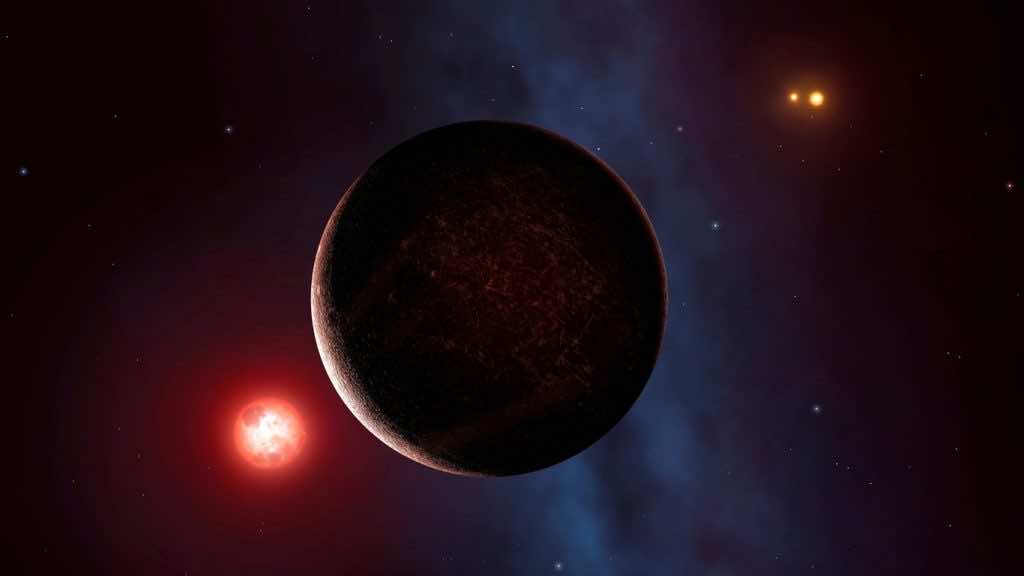An exoplanet has been discovered near our solar system. It is named Proxima d that orbits a star named Proxima Centauri: a small, dim red dwarf star just 4.2 light-years from the Sun. Its mass is a quarter of the mass of Earth.
The discovery also marks the third exoplanet found orbiting Proxima Centauri. The atmosphere of the exoplanet will not be suitable for living but this is still a major discovery.
“The discovery shows that our closest stellar neighbor seems to be packed with interesting new worlds, within reach of further study and future exploration,” says astrophysicist João Faria of the Instituto de Astrofísica e Ciências do Espaço in Portugal.
Almost 5000 exoplanets have been discovered till now. There are two main ways to find them. The most common one is the transit method, in which a telescope observes stars for long periods of time to detect the faint, regular dips in brightness that signal an orbiting planet passing between us and the star.
The other method is called the radial velocity (or wobble) method. When two bodies, such as a star and a planet, are gravitationally bound, one doesn’t orbit the other. Instead, they orbit their common center of mass.
This makes the star ‘wobble’ slightly on the spot; in turn, that affects the light that reaches us, causing a Doppler shift. As the star moves away from us, the wavelengths of its light stretch out slightly; when it moves towards us, they compress.
Both methods are functional for bigger exoplanets.
The signs for this exoplanet were first seen in 2020 when astronomers were using the Echelle SPectrograph for Rocky Exoplanets and Stable Spectroscopic Observations (ESPRESSO) instrument on ESO’s Very Large Telescope to confirm another of Proxima Centauri’s exoplanets.
There was another faint signal too.
“After obtaining new observations, we were able to confirm this signal as a new planet candidate,” Faria said. “I was excited by the challenge of detecting such a small signal and, by doing so, discovering an exoplanet so close to Earth.”
The exoplanet Proxima d is at least 0.26 times the mass of Earth, orbiting its star once every 5.12 days.
“This achievement is extremely important,” says astronomer Pedro Figueira, ESPRESSO instrument scientist at ESO in Chile.
“It shows that the radial velocity technique has the potential to unveil a population of light planets, like our own, that are expected to be the most abundant in our galaxy and that can potentially host life as we know it.”
The research has been published in Astronomy & Astrophysics.

